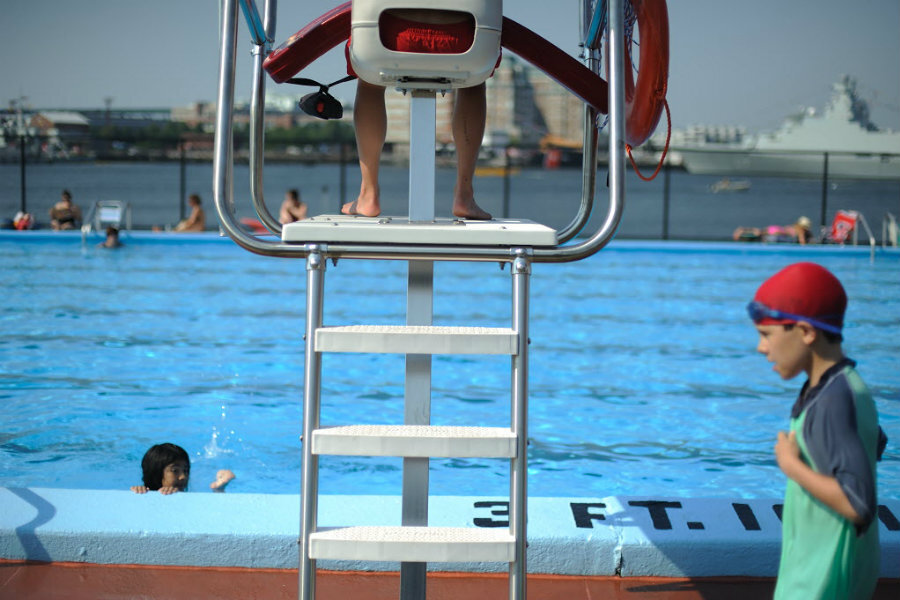Should public schools require swimming classes?
Loading...
Minnesota may soon require all public school students to learn how to swim.
A new education bill passed this month includes a section requiring the commissioner of education to look into and develop swimming resources statewide, paving the way for Minnesota to become the first US state to require swim lessons in public schools, Twin Cities network KARE reported.
The measure is part of a small but growing call to prevent drowning deaths among children, especially those from minority families, in the state and across the nation. Advocates say that teaching children to swim would help them overcome fear of the water and go a long way towards saving lives.
But the effort faces challenges in funding and focus, as budget cuts and academic pressures make it difficult for schools and cities to provide adequate resources for physical education and child safety.
“Throughout the whole state, we have kids who are not learning to swim,” Rep. Karen Clark (DFL-Minneapolis), who sponsored the bill in the state legislature, told Minnesota Public Radio (MPR) last year. “It seems to me so basic that children would get that instruction. We’ve gone backwards, unfortunately.”
Drowning kills 10 people in the United States every day, and is the second-leading cause of death for children 14 and below, according to the Centers for Disease Control and Prevention (CDC).
The data also shows racial disparities: The fatal drowning rate for African-American children ages 5 to 14 is nearly three times that of white children, the CDC reported. And nearly 70 percent of African-American or black children and 60 percent of Latino or Hispanic children have no or low swimming skills, according to a study by the USA Swimming Foundation and the University of Memphis.
The same is true for only about 40 percent of white children, the study found.
The problem is partly socioeconomic in nature. In Minneapolis, for instance, all public pools are found in schools in more affluent parts of the city, making it difficult for children of color to learn to swim, MPR reported.
At the same time, school districts across the country face budget cuts and pressure to produce high test scores, leading to resources either being slashed or siphoned from physical education towards more overtly academic endeavors.
Some high schools and colleges — such as Cornell, Columbia, and the Massachusetts Institute of Technology — require students to pass a swim test to graduate, but fewer institutions are holding to such a requirement, the Wall Street Journal reported.
Still, the biggest obstacle to learning how to swim is not access, but fear, the University of Memphis study found. “The ‘fear of drowning’ ... was found to be the strongest overall predictor of swimming ability,” according to the study.
Parents who couldn’t swim or were afraid of the water tended to pass on their fear and inability to their children, so that a child in a household of a non-swimming parent has only a 13 percent chance of learning to swim, the report found.
Breaking that cycle by teaching children to swim is a crucial step forward, whether it’s through legislation, school policies, or other efforts, African-American novelist Martha Southgate wrote in an essay for the New York Times.
“The best way to eliminate the culture of anxiety around swimming is to create thousands of little African-American swimmers who are not afraid,” she wrote. She acknowledged that the US faces more pressing problems than teaching children to swim, but “for a mother who stands screaming on the shore as her child goes under for the last time, not knowing how to swim is the biggest problem there is.”
In Minnesota, there’s no guarantee that lawmakers will pass the mandate for swim lessons at the next legislative session. But advocates hail the measure as a step forward.
“Everyone should have health insurance, everyone should have clean air, and everyone should know how to swim,” Rep. Clark told KARE.






